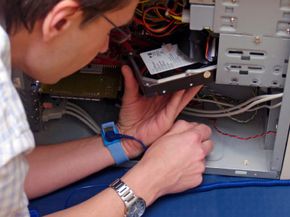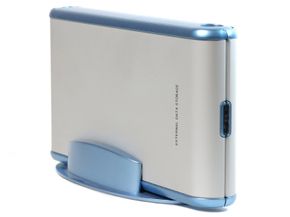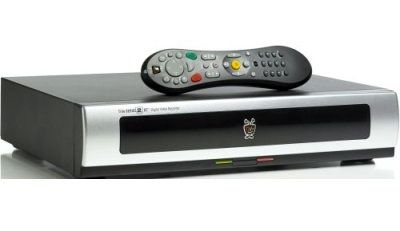The digital video recorder (DVR) has changed the way millions of people watch television. Instead of scheduling an entire evening around a favorite show, DVR owners have their machines automatically record them for later viewing. Most DVRs have a feature that lets you subscribe to shows; you set your DVR once and you never have to worry about missing another episode again, even if it changes times or days of the week.
At its most basic level, a DVR is really just a computer designed for a specific task. And just like any other computer, with the right knowledge and tools, you can switch out components for new hardware.
Advertisement
That's great news for DVR owners. Video files are very large. High-definition video takes up even more space. While 80 or even 180 hours of standard programming -- or up to 20 hours of high-definition television -- may sound like a lot of TV, some DVR owners manage to fill their device's hard drive to capacity. Many DVRs will overwrite old programs in order to make room for new recordings, which means you'll eventually lose the shows you record, or you'll have to stop saving new shows.
What can a DVR owner do to store more programming? One option is to transfer the digital recordings to another format like a DVD. But for many people, one of the big selling points of the DVR is that it doesn't require lots of discs or tapes -- you just need one set-top box. Another option is to upgrade to a new DVR. But new DVRs can be expensive. There's another option: upgrading the DVR's hard drive.
There are many different types of DVRs and not all of them have the same kind of hard drive. Some can only hold a single hard drive, which means you'll have to exchange the old one for a new one. Others can hold more than one hard drive. With these models, you may be able to add a second hard drive without much trouble. And there are a few that make it even simpler to add storage capacity. We'll look at general approaches for all three.
Let's start with the easiest options and work our way to the more challenging projects.
Advertisement



